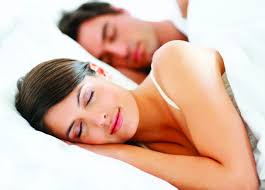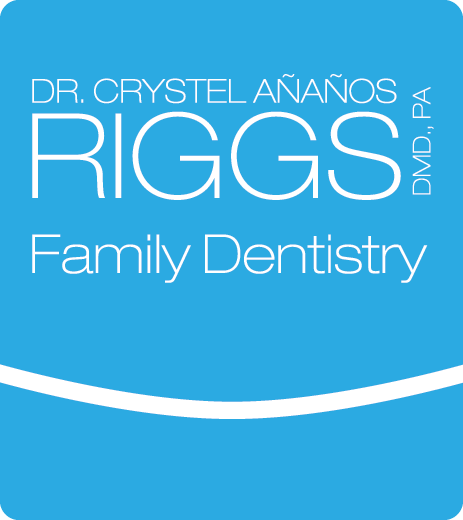 Dr. Crystel Riggs in Stuart, Fl has been specially trained to treat snoring and obstructive sleep apnea. The article below helps differentiate what the differences between the two are along with treatment options that we offer our patients.
Dr. Crystel Riggs in Stuart, Fl has been specially trained to treat snoring and obstructive sleep apnea. The article below helps differentiate what the differences between the two are along with treatment options that we offer our patients.
Snoring
It is estimated that 45% of adults snore at least some of the time and 25% snore every night. Although it has been known to be a bigger problem for men, women frequently suffer from snoring also. Snoring is usually caused by of an obstructed airway and often becomes worse with age. The airway is surrounded by the upper throat, soft palate, uvula and the tongue and when these structures touch and vibrate against each other during breathing the snoring sound is formed.
In a healthy individual that doesn’t snore these structures don’t touch when they breathe and air is able to flow smoothly in and out. There are many reasons an airway can become closed or obstructed during sleep. Some common causes are:
- Weight gain and a neck size in men of 17 inches or greater and in women 16 inches or greater
- Large tonsils or excess bulky tissue at the back of the throat
- A narrow palate leaving little room for the tongue
- Alcohol consumption or use of drugs or medications which cause the muscles to become very relaxed and the tongue to fall backward
- Blocked nasal passages, requiring more effort to pull air in and thus creating a vacuum effect in the throat and a result of snoring
- Nasal deformities such as a deviated septum
- Cysts or tumors in the nasopharyngeal tissues
- Sleep posture
Obstructive Sleep Apnea
Sleep apnea is a disorder, most commonly caused by an obstructed airway that is often marked by pauses in breathing and shallow, gasps for breath. It often disrupts sleep causing you to move from deep sleep to light sleep many times through the night resulting in a poor quality of sleep. This will then leave you feeling tired during the day and as if you could easily take a nap. It is a leading cause of daytime sleepiness.
Another serious side effect of Obstructive Sleep Apnea (OSA) is a reduction of oxygen consumption. This has been found to have a strong connection to increased heart disease, stroke, hypertension, diabetes, gastric reflux, bruxism, depression, anxiety, sexual dysfunction and frequent urination. If you suffer from any of these presently, a sleep study can be prescribed by your physician to test for sleep apnea.
Other serious side effects of sleep apnea may not be so obvious. These can include falling asleep while driving or waiting at a red light. It can also affect your relationship with your friends and family because you may find yourself getting aggravated or irritable more easily.
Treatment
Treatment options will be dependent on a patient’s diagnosis. A diagnosis of sleep apnea will likely result in a physician recommending nightly wear of a Continuous Positive Airway Pressure device (CPAP). This machine will deliver continuous air into the throat, keeping the tissues open and allowing for a more normal oxygen intake. An oral exam can reveal possible causes of obstruction such as infection, tonsils, deformity. Sleep apnea patients that cannot tolerate the CPAP machine, heavy snorers without sleep apnea or those with mild to moderate sleep apnea can potentially benefit from other snoring treatments such as Oral Appliance Therapy and/or Laser Snoring Treatment.
Oral Appliances serve to reposition the jaw in such that the airway is kept open during sleep while allowing for a normal air intake.
Laser Therapy using the Nightlase®, is the use of laser energy to heat the tissues of the upper airway causing a tightening effect which helps keep your airway open. In some instances, we can use a combined therapy approach for even more improved results.
Depending on the severity of the snoring, 3-5 treatments with the Nightlase® laser are needed and can be scheduled about 3 weeks apart with each session lasting about 30 minutes. There is very little discomfort during or after the procedure and no downtime is needed. You can resume your regular daily routine immediately. Results may be seen as early as after the first session but often will not be fully apparent until all treatments have been completed.
Call us today to schedule an evaluation to determine if we can help you improve your quality of sleep!

